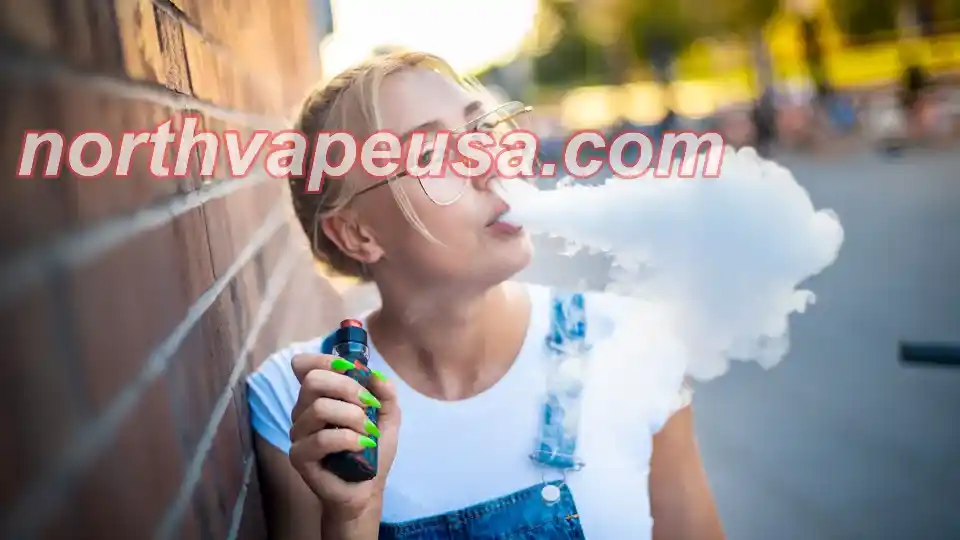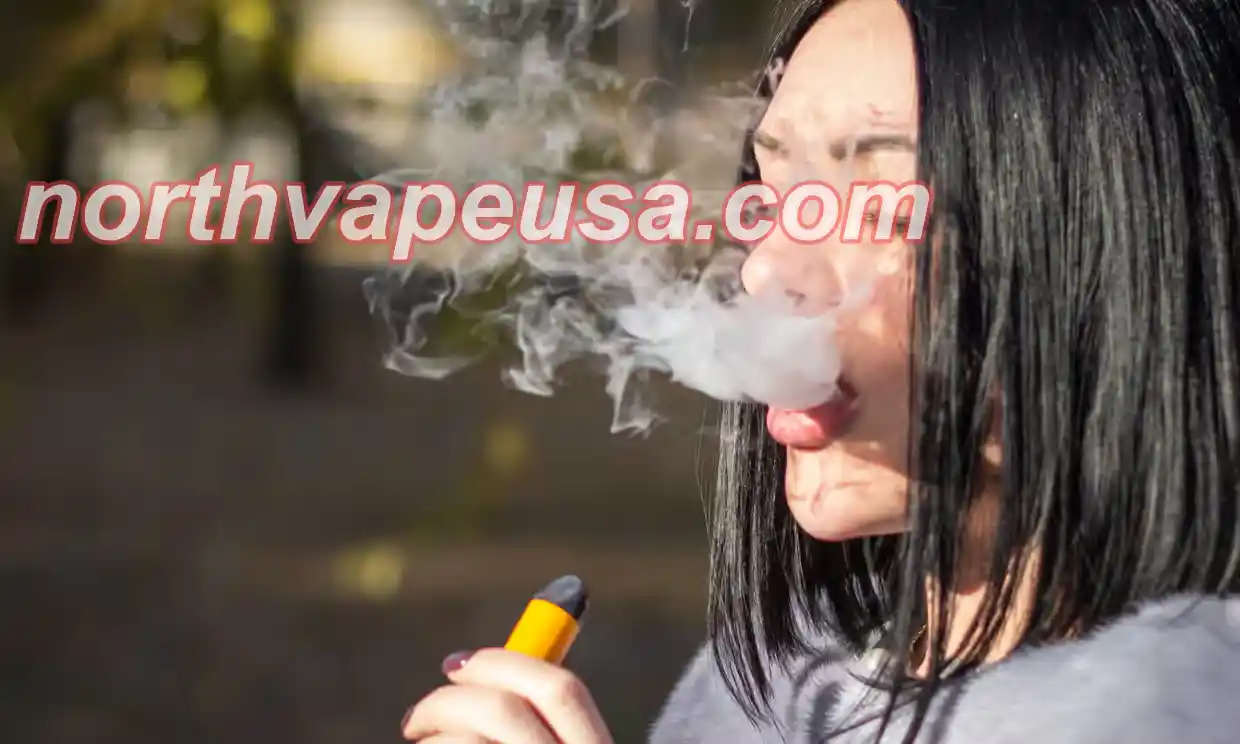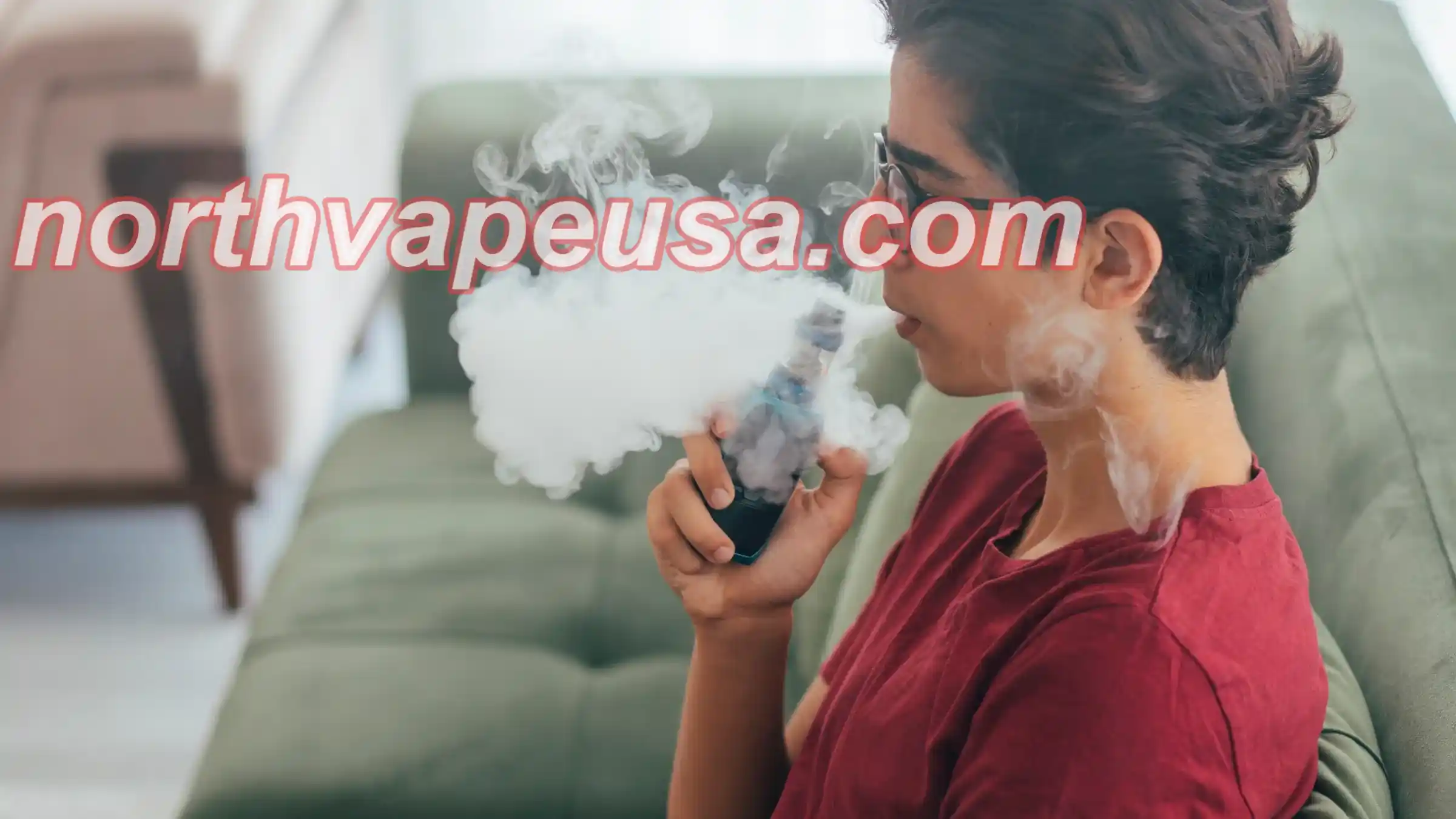The Life and Times of Vapes: A Twisted Journey from Inception to Present - Evolution, Trends, and Future Outlook
Vapes, an innovative product that blends technology with healthy habits, has been a subject of controversy since its inception, becoming a hot topic of global discussion. Its development is marked by technological breakthroughs, market competition, legal regulations, and public opinion. From its early emergence to the current market diversification, vapes are not only a product of modern technology and consumer habits but also a reflection of global health concepts, environmental demands, and changes in legal regulation.

1. Emergence and Early Development
The origin of vapes can be traced back to the 1930s. At that time, although the prototype of the vape was beginning to take shape, it did not attract widespread attention. What truly brought vapes into the public eye and gradually gained recognition was the technological breakthroughs in the early 21st century and changes in the global tobacco market.
In 2004, the commercial production of vapes officially began when the inventor Hon Lik turned his concept into reality. Hon Lik, a Chinese pharmacist, designed the prototype based on atomization technology, aiming to generate vapor by heating a nicotine-containing liquid to replace the harmful smoke released by the burning of traditional cigarettes. Initially, the primary market for vapes was in developed countries with a strong focus on health, such as the United States and Europe. Over time, vapes gradually entered more markets, especially in places with strict legal and public health management, where their lower harm became an appealing choice for many smokers.
Vapes were initially intended to cater to those who wanted to smoke in public places but were restricted by traditional smoking bans. Their basic function was simply to provide a safer alternative. However, as vape technology continued to improve, especially with innovations in flavors and design, the consumer base for vapes gradually expanded. Shenzhen, as a major global electronic product production hub, quickly became the core region for global vape manufacturing, benefiting from its strong electronics industry and foreign trade advantages. With the spread of technology and the reduction of production costs, the rapid development of vapes in the domestic market became an undeniable phenomenon. How to get high-quality vapes? north vape gives you professional advice!
2. Market Explosion and Controversy
Entering the second decade of the 21st century, the vape industry experienced explosive growth, becoming an emerging consumer market. From 7 million global vape users in 2011, this number surged to 35 million by 2016, with projections estimating 55 million global users by 2021. The popularity of vapes was driven not only by their ability to provide a similar experience to smoking but also by their diverse flavors and portable nature. Many consumers found vapes more appealing for smoking cessation or reduction, especially as more vape brands introduced innovative flavors and products, quickly integrating vapes into everyday life.

However, with the market explosion came controversy. Although vapes are considered less harmful than traditional cigarettes, discussions on their health risks remain uncertain. While vapes do not contain harmful substances like tar and carbon monoxide found in traditional cigarettes, the nicotine and other chemical additives in them still pose potential risks to human health. Research shows that long-term use of vapes may damage the lungs, cardiovascular system, and even brain function. Moreover, although the harm of secondhand vapor is less than that of traditional cigarette smoke, it still carries health risks, especially with long-term exposure, and the dangers of secondhand vapor should not be overlooked.
In addition, the diverse flavors of vapes have sparked widespread controversy, especially some sweet and fruity flavors that seem to attract young people and minors to try vaping. Some experts point out that these diverse flavors could increase the risk of smoking among minors and make them more susceptible to addiction. Furthermore, the market regulation of vapes lagged behind the industry's rapid growth, leading to frequent market chaos. Some unscrupulous businesses exploited regulatory loopholes to produce and sell counterfeit products, damaging consumer interests.
3. Current Situation and Challenges
As the vape industry continues to develop, governments worldwide have gradually strengthened their regulation of vapes. In certain countries and regions, governments have not only implemented strict legal regulations on vape sales but also legislated to restrict the flavors, advertising, and promotion of vape products in an effort to reduce the impact of vapes on teenagers and minors.
For example, in China, the "Regulations on the Administration of Vapes" officially came into effect on October 1, 2022. This policy clearly prohibits the sale of all flavored vapes other than tobacco flavor and bans vape products that allow for the addition of atomized substances. The implementation of this policy undoubtedly had a profound impact on the vape market. On one hand, the policy regulated market order and suppressed some non-compliant and illegal business practices, while on the other hand, it intensified market competition.

For vape companies, these new regulatory policies present unprecedented challenges. First, the policy restricts marketing and sales channels for vapes. Previously, many brands promoted and sold products through online e-commerce platforms, but the new policy limits this sales model, making it harder for companies to expand into new markets. Secondly, the homogenization of vape products has become more serious, with most vape products on the market having similar flavors and functions, causing consumers to lose interest and putting some brands at risk of losing young customers.
To address these challenges, many vape companies have begun looking for new growth opportunities. Some brands have turned their focus to international markets, hoping to break through the domestic market bottleneck with global strategies; others have ventured into the "health" industry, using the health benefits of vapes to attract more health-conscious consumers. However, with global regulations on vapes tightening, the future of the industry remains uncertain.
4. Future Prospects and Considerations
As an emerging consumer product industry, the development of vapes has been filled with twists and challenges. From the initial emergence phase to the current market diversification, vapes have not only witnessed technological leaps but also reflected society's deep reflection on health, environmental concerns, and legal regulation. Looking ahead, how the vape industry will navigate the dual pressures of regulatory policies and innovative development is something worth continuous attention. Want to dive deeper into vapes? north vape flavors provides all the answers!
With ongoing technological advancements, vapes may gradually evolve toward smart and personalized products. For example, future vape products may integrate artificial intelligence technology to automatically adjust the heating temperature of the atomizer to meet the needs of different users. Meanwhile, as health awareness increases, more nicotine-free and low-harm vape products may appear on the market, offering more options for those looking to quit smoking or reduce tobacco intake.
However, while innovating, the vape industry still needs to strengthen compliance operations, ensure product quality and safety, and reduce potential health risks. Globally, an increasing number of countries are enhancing quality testing and regulation of vape products, strictly controlling the production and sale of products. Regulatory policies for vapes may become even stricter, and companies will need to focus more on compliance, improve product quality, and safeguard consumers' health interests.
Overall, the future of the vape industry is filled with both opportunities and challenges. Under the dual pressure of innovation and regulation, how vape companies balance the two will be key to the future development of the industry. The cooperation of consumers, governments, and companies to promote the healthy development of the industry is something we should continue to watch and think about.

